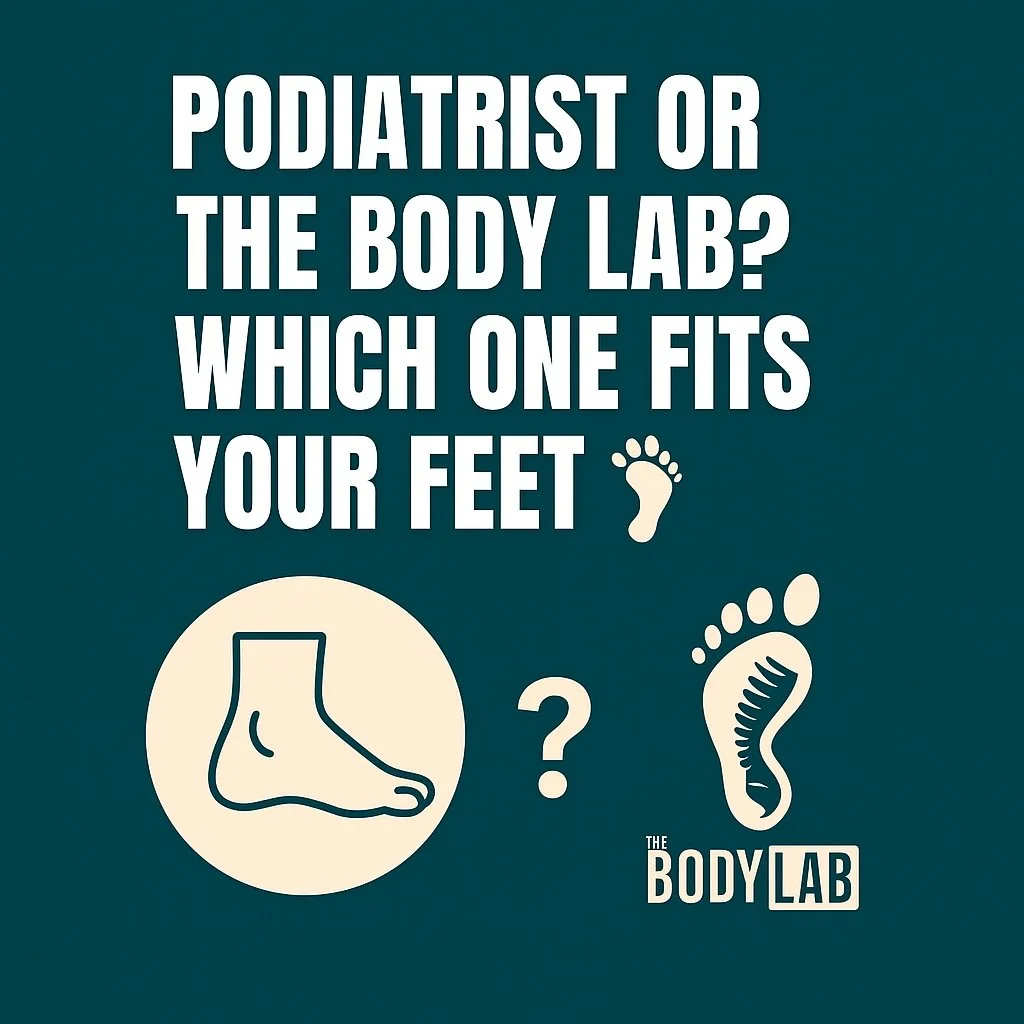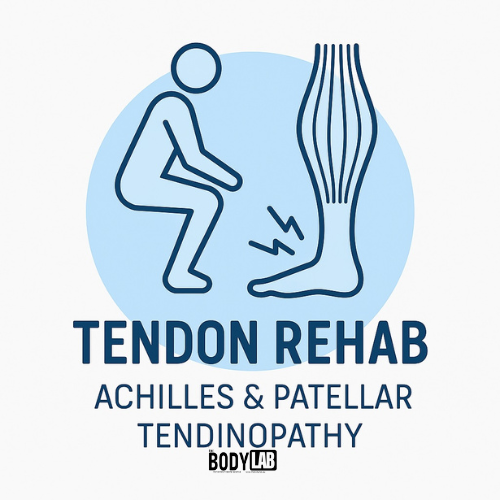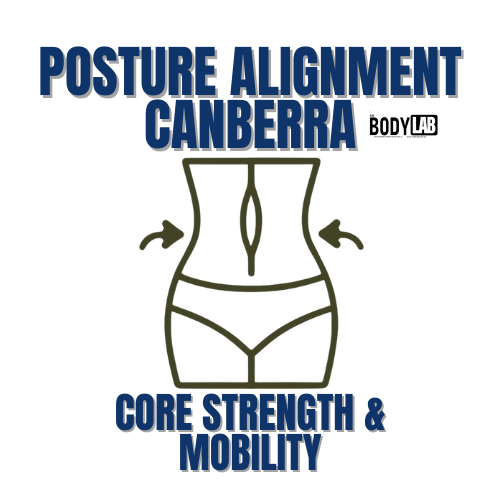Knee Pain Canberra: Causes, Biomechanics & What Actually Helps
Written by Riccardo Galeotti — Movement Therapist, Acupuncturist & Knee Whisperer at The Body Lab, Canberra
If your knees have recently started filing formal complaints every time you walk, stand, or attempt the brave act of bending down to pick up dropped keys — welcome. You’re officially part of the Canberra Knee Club, a group no one wants to join but almost everyone over 40 eventually does.
In fact, research shows 1 in 3 Australians over 50 experience knee pain, and the rates spike even earlier in people who sit a lot, run a lot, or “accidentally” ignore their knees for a decade (Australian Institute of Health & Welfare, 2023).
Here’s the bad news:
Ignoring knee pain almost always makes it worse.
Here’s the good news:
Most knee pain is treatable when you understand what’s causing it — especially when you address the whole chain (foot → ankle → knee → hip → pelvis), not just the bit that’s yelling the loudest.
Let’s break it all down — evidence, mechanics, sass included.
How the Knee Actually Works — And Why It Complains So Easily
Your knee isn’t just a hinge. It bends, straightens, rotates, and responds instantly to whatever the foot, hip, pelvis, and even your ribcage decide to do.
Biomechanically, the knee is a:
Synovial hinge joint (with bonus rotation)
Shock-absorber
Torque-converter
Weight-bearing traffic controller
The middle child of the lower limb — blamed for everyone else’s mistakes
Recent biomechanical studies show that knee pain is rarely just a “knee problem.”
Issues in the foot, ankle, hip, and pelvis can increase joint load by up to 40% (Uhlrich et al., J Orthop Sports Phys Ther, 2022).
Translation:
If the foot moves weird, the knee pays the bill.
2. Inner Knee Pain (Medial Side)
This encompasses discomfort both at the front and within the knee itself. Some possible causes:
Medial Meniscus Tear
Often from twisting, squatting, or landing awkwardly.
Common after 40 because, well… collagen has opinions.
Medial Collateral Ligament (MCL) Injury
Caused by force pushing the knee inward.
Pes Anserine Tendinopathy
Irritation of the tendons on the inner knee — often linked with over-pronation.
Adductor Tightness
Yes, your inner thigh can absolutely pull on your knee and cause chaos.
4. Pain Above the Knee (Front)
Quadriceps Tendonitis
Overuse and poor load management.
Plica Syndrome
Inflamed synovial fold — extremely annoying, surprisingly common.
Common Causes of Knee Pain
1. Pain in the Knee Joint (Front and Central Area)
Common in runners, walkers, office workers, and weekend gym heroes.
Patellofemoral Pain Syndrome (Runner’s Knee)
Caused by patella misalignment, poor loading patterns, weak quads, or stiff ankles.
Research confirms that PFPS is strongly linked to altered foot mechanics and hip control, not just the kneecap itself (Barton et al., Br J Sports Med, 2023).
Patellar Tendinopathy (“Jumper’s Knee”)
Overuse → tendon irritation → “why does sitting hurt?”
Chondromalacia Patella
Cartilage irritation under the kneecap → grinding sensation → annoyed knees.
Quadriceps Tendonitis
Overloading the tendon above the patella — common in running, stairs, and Canberra hills.
3. Outer Knee Pain (Lateral Side)
Iliotibial Band Syndrome (ITB Syndrome)
Caused by friction where the ITB moves across the outer knee.
Research now points to hip control deficits as the main culprit, not the ITB itself (Fairclough et al., Clin Sci, 2022).
Lateral Collateral Ligament (LCL) Injury
Lateral Meniscus Tear
Twisting injuries + awkward landings = unhappy meniscus.
5. Pain Behind the Knee (Posterior)
Hamstring Tendinopathy
Overuse, sprinting, or poor mechanics → burning pain at the back of the knee.
Baker’s Cyst
A pocket of synovial fluid — often linked to arthritis or meniscus irritation.
Posterior Cruciate Ligament (PCL) Injury
A “dashboard injury” (force pushing tibia backwards).
Current Research: What We Now Know About Knee Pain
🔹 Foot mechanics predict knee load.
- Flat feet, stiff ankles, and limited pronation increase knee joint stress (Farris et al., Gait & Posture, 2023).
🔹 Hip strength isn’t enough — hip mobility matters.
Knee pain improves most when both strength and motion are retrained (Neal et al., Sports Med, 2022).
🔹 Walking pattern is a major contributor.
Abnormal knee rotation during gait is strongly correlated with patellofemoral pain (Willy et al., J Orthop Res, 2024).
🔹 Early movement beats rest.
Research shows that controlled load and movement restore knee health faster than rest alone (Malliaras et al., Br J Sports Med, 2022).
Your knee wants movement — the right kind.
What You Can Do About Your Knee Pain (The Body Lab Method)
Here at The Body Lab in Ainslie, Canberra, we take a whole-body approach to knee pain:
✔ Full Foot → Ankle → Knee → Hip → Pelvis Assessment
Your knee isn’t working alone — so we don’t treat it alone.
✔ Gait Analysis & Pressure Plate Assessment
We track how you walk, load, and shift — in real time.
✔ Manual Therapy + Joint Mobilisation
Gentle, precise, movement-focused work (not aggressive poking).
✔ Acupuncture for Pain Relief & Muscle Tension
Evidence-backed for knee pain and inflammation (Zhang et al., Pain, 2023).
✔ Nerve Release Therapy
Especially for meniscus irritation or post-surgical stiffness.
✔ Movement-Based Rehab
We restore rotation, control, and loading — the keys to long-term change.
When to Seek Help
If your knee has been:
• Sore for more than 2–3 weeks
• Swelling repeatedly
• Clicky, crunchy, or unstable
• Getting worse with walking
• Or preventing you from doing things you enjoy…
…it’s time to get it checked properly.
Most knee pain doesn’t require scans, injections, or surgery — it requires understanding how your body is actually moving.
Book Your Knee Pain Assessment in Canberra
If you’re ready to get to the root of your knee pain — not just mask the symptoms — book an appointment below:
👉 Knee Pain Assessment – The Body Lab (Ainslie, Canberra)
👉 Or book a free 15-minute consult call to see if it’s right for you



























